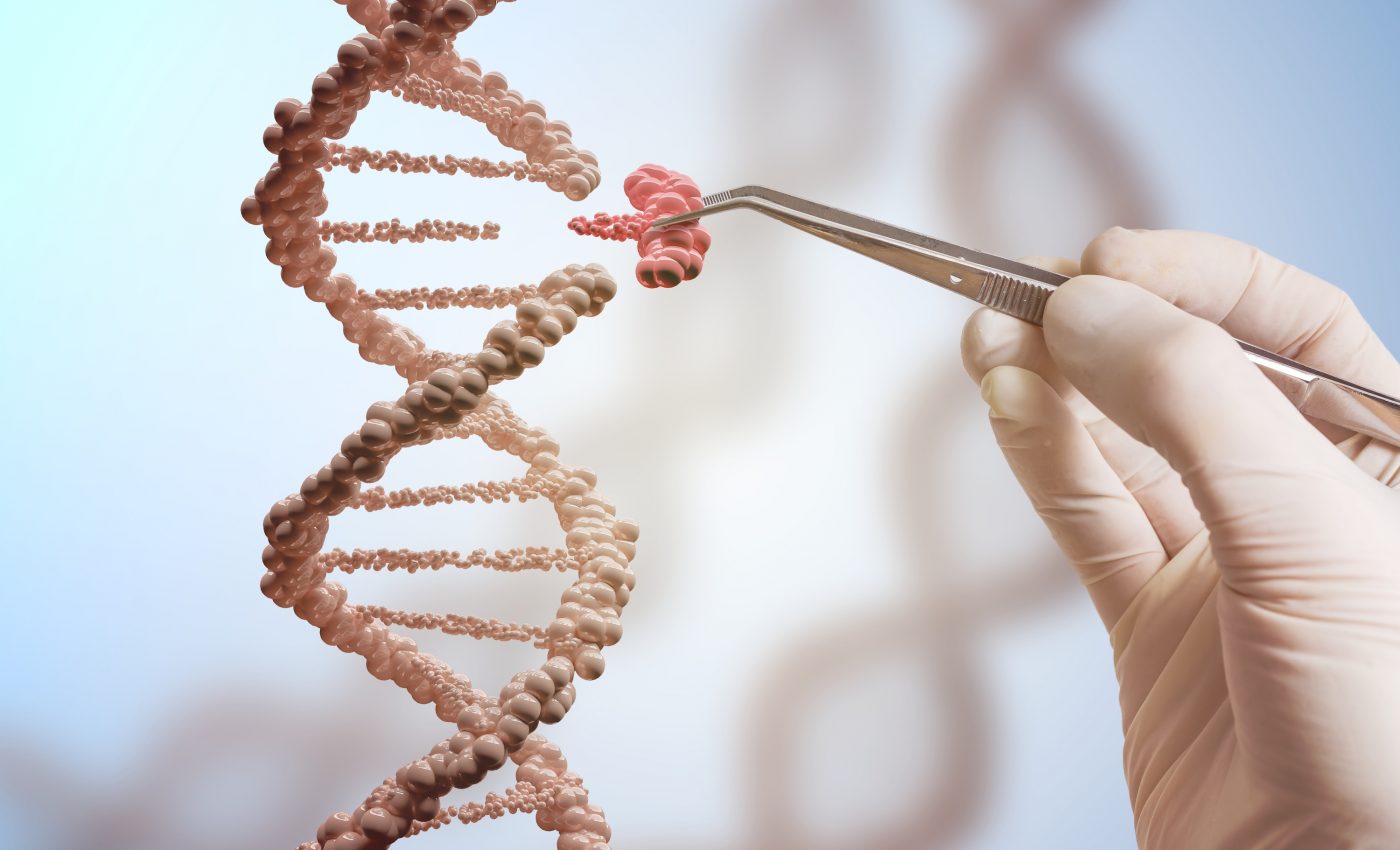
Scientists use prenatal gene editing to prevent fatal disease
A research team led by the University of Pennsylvania Perelman School of Medicine has used gene editing to prevent a fatal disorder in laboratory animals. The trial, which is the first of its kind, may ultimately lead to the treatment of human congenital diseases before birth.
Using gene-editing tools known as CRISPR-Cas9 and base editor 3 (BE3), the team reduced cholesterol levels in healthy mice treated in utero by targeting a gene that regulates those levels. The experts also used prenatal gene editing to improve liver function, which prevented neonatal death among mice with a mutation that causes the lethal liver disease hereditary tyrosinemia type 1 (HT1)
In humans, HT1 most commonly emerges during infancy and is usually treatable with a medicine called nitisinone and a strict diet. When treatments are unsuccessful, however, patients are at risk of liver failure or liver cancer.
“Our ultimate goal is to translate the approach used in these proof-of-concept studies to treat severe diseases diagnosed early in pregnancy,” said study co-lead author Dr. William H. Peranteau. “We hope to broaden this strategy to intervene prenatally in congenital diseases that currently have no effective treatment for most patients, and result in death or severe complications in infants.”
“We used base editing to turn off the effects of a disease-causing genetic mutation,” added study co-leader Dr. Kiran Musunuru. “We also plan to use the same base-editing technique not just to disrupt a mutation’s effects, but to directly correct the mutation.”
Dr. Musunuru is an expert in the advancing field of gene-editing who previously demonstrated that the technology can be used to reduce cholesterol and fat levels in the blood. This discovery could lead to the development of a type of “vaccination” to prevent cardiovascular disease.
In the future, the research team will use their technique to directly correct disease-causing mutations. The researchers will also be able to investigate its application to other diseases, such as those that impact organs besides the liver.
“A significant amount of work needs to be done before prenatal gene editing can be translated to the clinic, including investigations into more clinically relevant delivery mechanisms and ensuring the safety of this approach,” said Dr. Peranteau. “Nonetheless, we are excited about the potential of this approach to treat genetic diseases of the liver and other organs for which few therapeutic options exist.”
The research is published in the journal Nature Medicine.
—
By Chrissy Sexton, Earth.com Staff Writer













